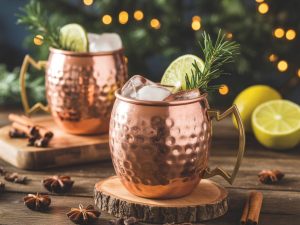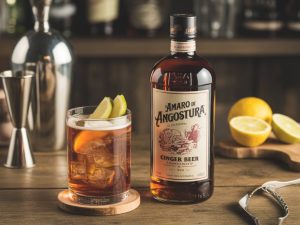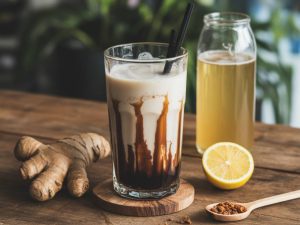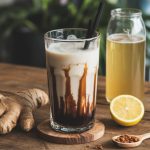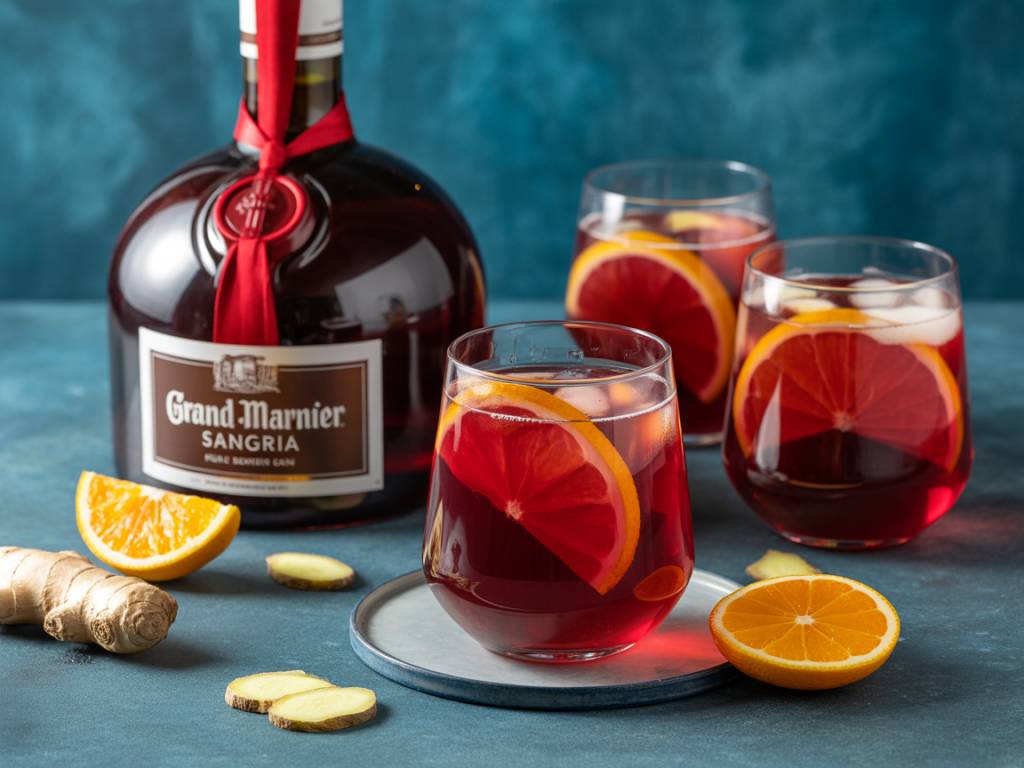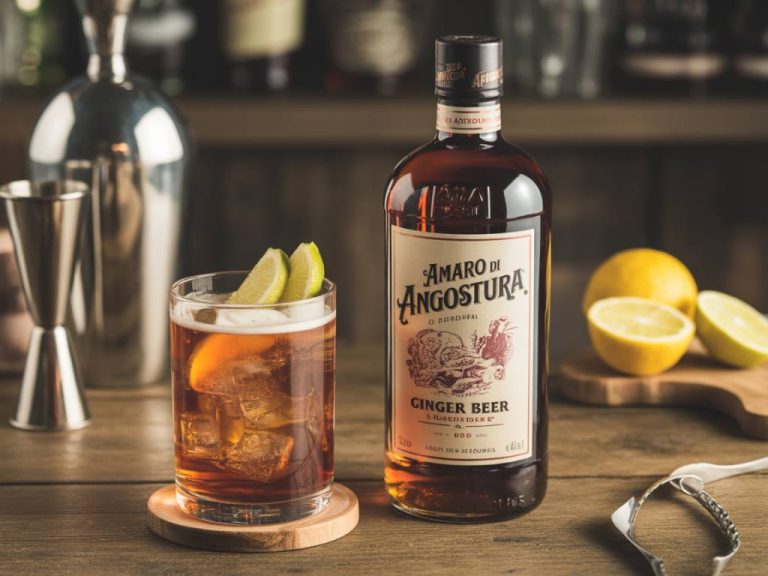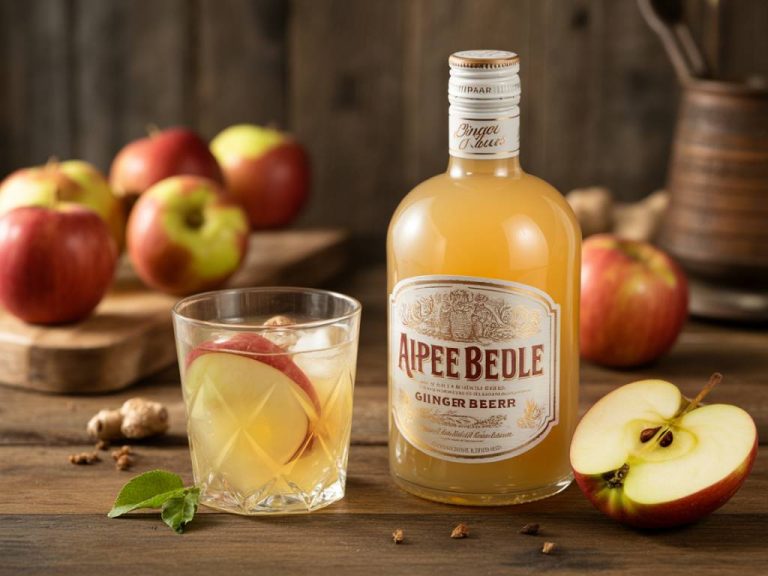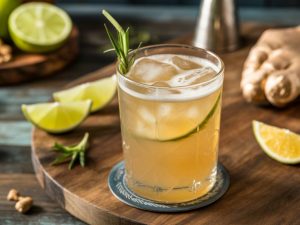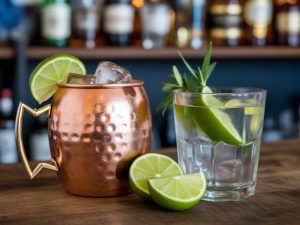Why Grand Marnier and Ginger Make a Sophisticated Pair
Pairing Grand Marnier with ginger might seem unconventional at first glance. One is a refined, Cognac-based orange liqueur with notes of bitter orange, oak, and spice. The other is a feisty root known for its sharp heat and medicinal properties. But when brought together in a sangria, this duo can produce something truly unique: a citrus-forward punch with a warming finish and layers of depth.
The secret lies in their complementary aromatic profiles. Grand Marnier contributes sweetness, complexity, and a distinct orange character that lingers. Ginger, especially when infused as a syrup or muddled fresh, cuts through with a zesty brightness and a peppery undertone. The result is a drink that’s fresh, complex, and surprisingly balanced — ideal for warm weather sipping or as a festive alternative to traditional mulled punch.
The Anatomy of a Modern Sangria: Breaking Traditions to Build Flavor
Traditional sangria often follows a predictable pattern: red wine, chopped fruit, brandy, and orange juice. It’s crowd-friendly but can easily veer into overly sweet or muddled territory. At Ginger Beer Promotions, we favor precision and intentional flavor building. This citrus-forward sangria recipe is designed accordingly, with a refined point of view and every component playing a defined role.
Here’s the blueprint I’ve developed after several rounds of recipe testing:
- Base Wine: Dry white wine (Sauvignon Blanc or Albariño) for crisp acidity and neutral fruit profile.
- Liqueur Layer: Grand Marnier as our elevated citrus accent with depth and body.
- Spice Infusion: Fresh ginger slices, briefly steeped into a ginger syrup for a punch of heat and aroma.
- Sparkle and Refresh: Unflavored sparkling water or dry ginger beer to finish with effervescence.
- Fruit Additions: Orange wheels, green apple slivers, and pomegranate arils for color, crunch, and tartness.
The result is an evolved version of sangria that’s both refreshing and complex, with ginger and citrus dancing in the spotlight.
Crafting the Perfect Ginger-Forward Grand Marnier Sangria: Step-by-Step
Let’s walk through the tested process of building this punch so you can replicate — or riff on — it with confidence.
Ingredients (for approx. 6 servings)
- 1 bottle (750 mL) dry white wine (Sauvignon Blanc or Albariño)
- 150 mL Grand Marnier
- 100 mL ginger syrup (see below)
- 1 orange, thinly sliced into wheels
- 1 green apple, cored and sliced thin
- ½ cup pomegranate arils
- Sparkling water or dry ginger beer (to top up each glass)
- Fresh mint (optional, for garnish)
For the Ginger Syrup
- 100 g fresh ginger root, peeled and sliced
- 100 g cane sugar
- 100 mL water
In a small saucepan, bring the ginger, sugar, and water to a boil. Reduce heat and simmer gently for 5 minutes. Let steep off-heat for 20 more minutes, strain, and cool. This syrup keeps well in the fridge for 10 days.
Assembly
In a large jug or glass pitcher, combine the wine, Grand Marnier, ginger syrup, and the cut fruit. Stir gently. Chill at least 2 hours before serving to allow flavors to meld.
Pour into glasses filled with ice, and top each serving with a splash of sparkling water or a light ginger beer (for extra ginger intensity). Garnish with mint if desired.
Why Go Ginger? A Scientific Look at Taste Synergy
From a technical perspective, ginger’s interaction with alcohol is more than anecdotal—it’s chemical. Gingerol, the primary bioactive compound in fresh ginger, is fat- and alcohol-soluble, which means it can fully release and integrate into a mixed drink. Once heated (as during syrup preparation), gingerol converts to zingerone — a compound that’s not only less spicy but also sweeter and more aromatic, contributing to the warmth and roundness in this sangria.
Grand Marnier, with its aged Cognac base and bitter orange peel infusion, provides limonene and citral—volatile compounds that echo citrus zest and enhance the perception of freshness. When these molecules interact with zingerone from ginger, the result is a reinforcing loop of bright, warm, and piquant flavors.
In short: this pairing doesn’t just work—it harmonizes on a molecular level.
When and How to Serve
This citrusy, ginger-kissed sangria is seasonally versatile. It excels at sunshine garden gatherings, of course, but also works well as an aperitif during the colder months. Served slightly warmed (yes — tested successfully), it transforms into a more soothing, mulled-style cocktail, still retaining that elegant Grand Marnier profile.
For a tasting menu or a brunch setting, pair it with:
- Charred citrus & herb-roasted chicken
- Thai-style shrimp skewers with lemongrass
- Spicy avocado toast with pickled radishes
- Hard cheeses like aged Manchego or a young Gouda
The ginger in the sangria will lightly echo spice notes in the dishes while the citrus elements cut through fat and salt for balance.
Try This: Two Ultra-Creative Variations for the Adventurous Palate
If you’re feeling inventive — and you should be — the base framework of this drink leaves room for exploration. Here are two variants I particularly enjoyed during testing:
Smoky Ginger Citrus Sangria
Substitute a portion of the white wine with a splash (50 mL) of mezcal and lightly grill your orange slices before adding them to the mix. The smokiness plays beautifully with ginger’s sharpness while nodding to classic agave-citrus pairings.
Low-ABV Afternoon Delight
Reduce Grand Marnier to 60 mL, and increase ginger syrup slightly for more body. Use Moscato or low-alcohol Riesling as your base. You’ll get a spring-ready drink with less intensity but plenty of complexity — perfect for casual midday sipping.
A Quick Word on Health (Because Yes, Cocktail Innovation Can Be Conscious)
While sangria isn’t a smoothie, it doesn’t have to wreak havoc on your nutrition goals. Ginger’s established health benefits — digestive aid, anti-inflammatory properties, immune support — have academic backing, and using a dry wine with minimal added sugar helps keep total sugar content reasonable. As always, moderation is key, but the inclusion of whole fruit and prepared ginger syrup lets you control the sweet profile much more than commercial cocktails would.
Pro tip: If you’re watching alcohol content, go half-and-half with white tea and sparkling ginger kombucha instead of wine. Surprisingly delicious.
The Final Pour: A Recipe Worth Repeating
Whether you’re a seasoned mixologist looking for your next signature pitcher drink or a ginger enthusiast exploring new cocktail territory, the Grand Marnier and ginger sangria is an elegant, layered, and versatile option worthy of your repertoire. It’s a conversation starter that transitions effortlessly from brunch table to fire-lit evening.
And remember — experimentation is flavor’s best friend. Add spice, infuse herbs, or rest the mixture longer for deeper notes. As always here at Ginger Beer Promotions, I encourage you to taste with purpose, and drink with joy.
Cheers,
Basil

